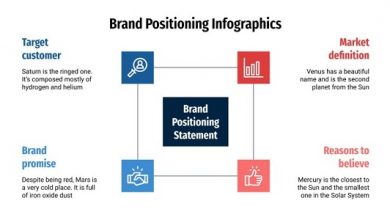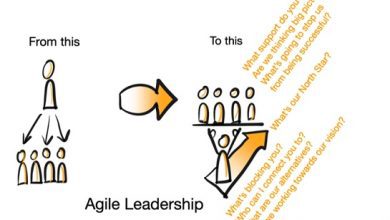Closing the customer feedback loop and its Importance of closing
What is the customer feedback loop?
In this piece of writing we will make you aware about Closing the customer feedback loop and its Importance of closing.
Businesses receive customer feedback from all directions. Conversations with members of the support and sales team occur every day. The challenge is to gather this information, track it for meaningful information, use it to inspire action, and most importantly, re-inform the customer that a change was made because of that information.
This is what constitutes the customer feedback cycle: collecting information through a customer feedback system , circulating it throughout the company to inspire action, and then relaying that action to the customer so they can know the benefits. and receive even more value from the products and services that your company offers.
More and more companies are turning to a customer-centric strategy to differentiate themselves from the competition through the customer experience . The strategy focuses on putting the customer at the center of the business, and that means closing the feedback loop.
While surveys like NPS , CSAT , CES, or market research can be useful tools for understanding your customer base, each has its own challenges. For companies that have trouble achieving high enough response rates, this raises statistical validation problems based on sample size , making the data collected less actionable.
For this reason, more and more companies with voice of the customer programs have focused on listening and trying to close the feedback loop by listening to their needs.
Importance of closing the customer feedback loop
The main reason customers switch brands is because they don’t feel valued. The customer feedback loop is important because it shows that your company is listening and responding to customer needs .
Customer feedback circulates throughout the company to any department that has an impact on the customer experience, such as support, marketing, sales, product, and engineering – just about everyone! There is an internal cycle that is also important, as it avoids gaps between departments and prevents a bad customer journey by unifying a single source of truth across all departments.
The external customer feedback loop refers to the path that goes from the expression of the customer’s feedback to the final response of the company based on the action taken from the feedback. The external cycle is important because it shows your customer that you are really listening, that your company cares, and that you are dedicated to making the requested changes.
How to close the customer feedback loop?
Develop an internal and external customer feedback loop . The internal customer feedback cycle refers to the communication cycle of NPS surveys, or the feedback that is given to teams that deal directly with the customer, such as support and sales, and that is shared to all departments of the company to drive business decisions.
For example, the sales team receives information about the pain points that potential customers want to solve with the product, and transmits that information to the marketing teams to inform about the messages and the positioning. They also pass that information on to the product team, who uses it to better resolve those specific pain points in the product.
Positive comments from an NPS survey are sent to marketing for possible case studies or to identify those customers who can give us a good review. Naysayers are sent to the Customer Success and Support teams. And in the same way, liabilities are analyzed to see how they can improve and to make customer experiences better.
In all these examples, we see that customer feedback is exchanged between teams and collaborative action is based on the same source. We don’t see isolated departments making their own decisions based on their own research, fragmenting the customer experience.
For all this to be possible, it is important to use customer feedback tools that allow aggregation of data to a single source of truth in all departments.
The external feedback loop refers to the customer providing that feedback, and then receiving some kind of information from the company that their feedback has been heard and the company has taken action. It is not simply a matter of saying “thank you for your opinion.” This is a genuine response that shows your customers that you care about what they have to say, and that you are willing to use that feedback to drive change.
For example, the helpdesk is launching a new product requested by multiple customers. While there will be a great new marketing campaign and product features blog post, the support team personally communicates with requesting customers so they can make use of the features they wanted.
In short, the internal cycle serves to improve the product or service by disseminating customer feedback throughout the organization, while the external cycle lets the customer know that the product or service is now truly better. Customers can not only enjoy the best product or service, but they also know that your company listens to them and takes action.
conclusion
Fortunately, a closed-loop system helps you react quickly to customer feedback and understand their experiences directly from their perspective.
Closing the customer feedback loop helps you ensure that feedback is delivered and executed internally, that the right insights are delivered to the right teams to make the best decisions for the customer within their respective departments.
It also helps the customer know that their opinion has been heard and that a change has occurred as a result of it. Establishing customer feedback loops doesn’t set you apart as a customer-centric company, it also keeps them happy by engaging them in a dialogue about positive change and action based on their needs.




